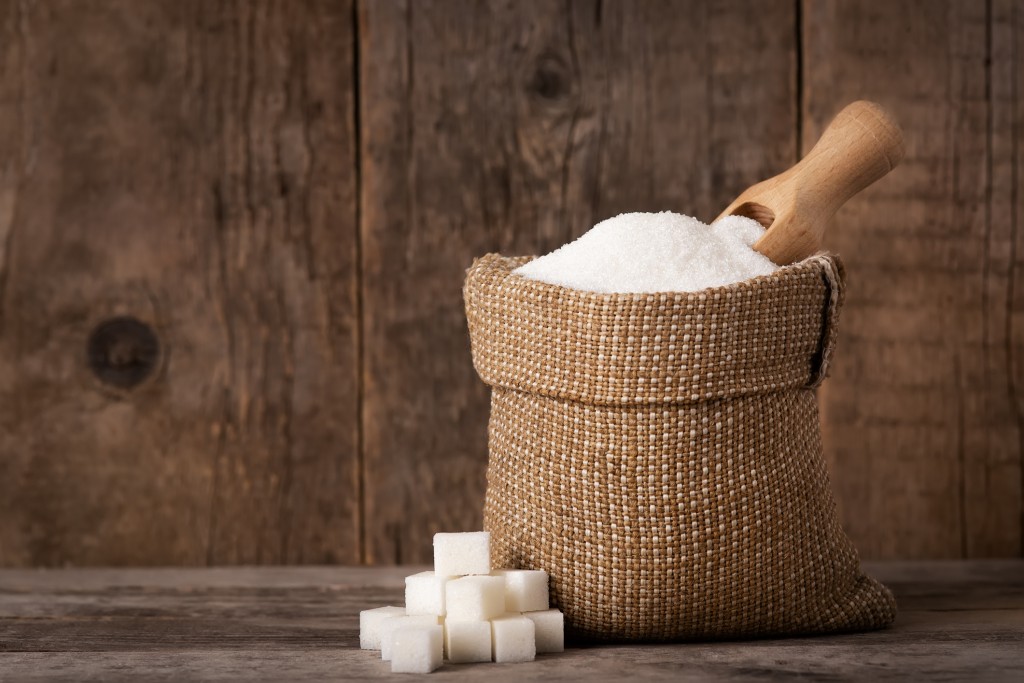
How to reduce sugar in your meals
An excess of free sugars in our diet is linked to a greater risk of obesity, diabetes and a deteriorated cardiovascular health.
Sugar is a chemical substance that can be produced both in a natural and artificial way. The majority of the foods that we eat (except for meat) contain natural sugars that the body transforms and uses once digested: fruits and vegetables contain fructose and dairy contains lactose.
However, there are other foods that sugar is added to in order to boost their flavour, such as yoghurt, or that are subjected to industrial processing where artificial sugar is added, such as biscuits.
Free sugars
Consuming too much artificial sugar, also called free sugars, is linked to a lower quality diet and a greater risk of obesity and diabetes, among other problems. The World Health Organisation (WHO) classifies this type of sugars as:
- Added (refined or unrefined) to foods by manufacturers, cooks or consumers. These include white sugar (sucrose), brown sugar, panela and that which we find in processed products, industrial baked goods or soft drinks.
- Those which are naturally present in honey, syrups and fruit juices.
We consume too many free sugars, therefore the WHO encourages the population to reduces consumption of free sugars to less than 10% of the daily calorie intake (preferably less than 5%). This proportion is equivalent to 25 g (approximately one tablespoon) each day.
Read the label carefully
The myths about sugar are all around us and we have internalised them. However, it’s not true that brown sugar is healthier than white, nor that the brain needs sugar to work. Reducing the amount of free sugars in your diet is a very healthy decision for your body.
To achieve it, read the labels carefully for each product your purchase, and check the list of ingredients (they are listed from highest to lowest quantity). It has sugar if:
- We find concepts such as sugar, date sugar, whole cane sugar, invert sugar, honey, molasses, juice or syrup.
- The term ends in “-ose” or has an “x” (glucose, sucrose, fructose, maltodextrin, dextrin, dextrose, etc.).
Remember that most processed products include processed sugars (sweets, soft drinks, baked goods, breakfast cereals, biscuits – including “whole-wheat” biscuits -, soups, pizzas, some cured meats, flavoured yoghurts, dairy desserts, etc.
Also, consider these other tips:
- Appreciate the natural flavour of foods. If you remove the sweet flavour from foods, the palate will get used to this reduced sugar and will learn to appreciate natural, less processed foods.
- Don’t avoid natural sugar. Intrinsic sugar in fruit and whole, fresh vegetables is not bad for you and includes fibre and other beneficial nutrients.
- Don’t overuse sweeteners. In the beginning, you can try to relieve the need for sweetness with sweeteners, but this must be a temporary change. Although they are safe, they do not reduce dependency on sweetness.
- Use natural sweeteners. Cinnamon sticks or powder, dehydrated or chopped fruit, pure cocoa and spices such as shredded coconut or vanilla.
- Remove soft drinks and other sugary drinks from your diet. This also means milkshakes, prepared juices, tea drinks and sweet coffee. These contain an excessive amount of sugar, so it’s best if you can get used to drinking tap water.
If you reduce the amount of free sugar in your daily diet, you will be able to lose weight and improve your cardiovascular health, among other benefits. You will also recover and appreciate the natural flavour of foods.
Sources:
- World Health Organisation (WHO)
- Womenalia Health Project
This post is also available in: Portuguese (Portugal)
